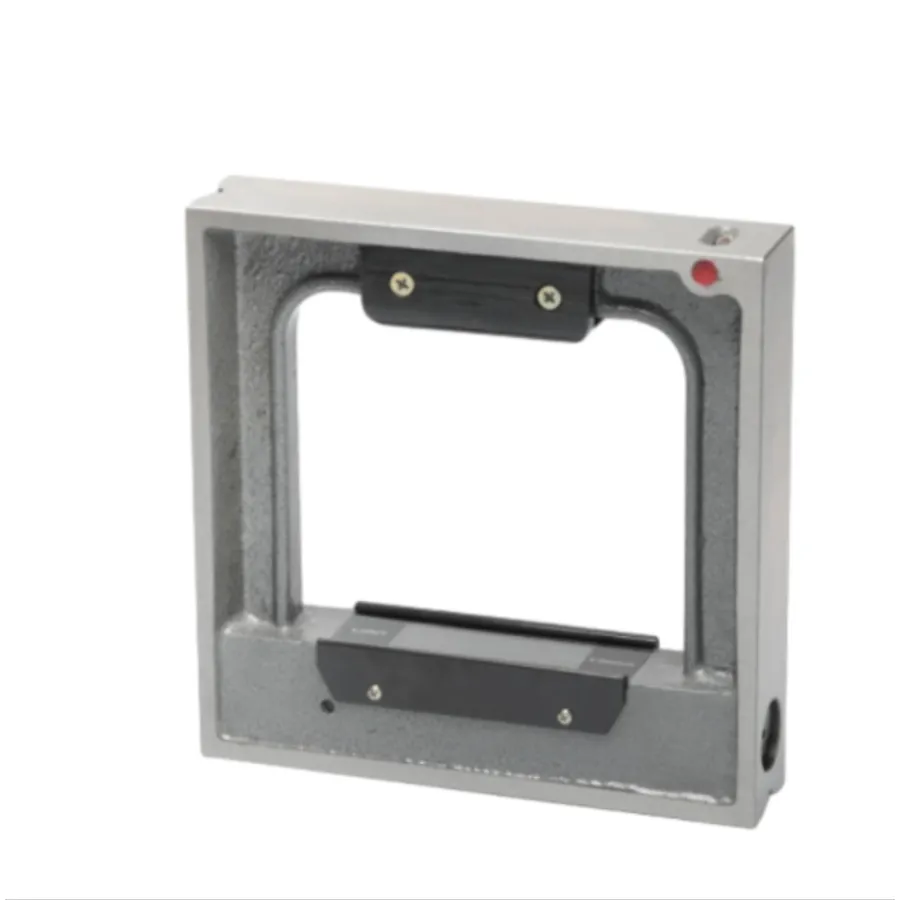dec . 07, 2024 12:25 Back to list
grounding a welding table
Grounding a Welding Table Ensuring Safety and Performance
Grounding a welding table is a crucial aspect of ensuring safety and optimal performance in any welding operation. A properly grounded welding table minimizes the risk of electrical shock, prevents equipment damage, and improves the overall quality of welds by providing a stable electrical reference.
The Importance of Grounding
Welding involves high currents that can create dangerous situations if not managed properly
. Grounding your welding table serves several vital functions1. Electrical Safety One of the primary reasons for grounding is to protect welders from electrical shock. In a scenario where equipment malfunctions, such as insulation failure, the grounding system provides a path for stray currents to be directed safely into the earth, reducing the risk of severe injuries.
2. Equipment Protection Electromagnetic interference (EMI) can disrupt sensitive electronic equipment. Grounding helps to mitigate these effects, ensuring that the welding machine and other electronic devices function correctly and last longer.
3. Improved Welding Quality A properly grounded work surface can enhance the quality of welds by providing a reliable return path for the welding current. This reduces the likelihood of defects such as porosity, incomplete fusion, and weak welds caused by variations in the grounding circuit.
How to Ground a Welding Table
grounding a welding table

Grounding a welding table is a relatively straightforward process, but it must be done correctly to ensure effectiveness.
1. Choose the Right Grounding Method There are several methods to ground a welding table. The most common method involves using a grounding clamp connected to a grounding rod driven into the earth. Alternatively, for a more permanent solution, you can connect a grounding wire to a building’s electrical grounding system.
2. Select Appropriate Grounding Materials Use a copper or aluminum grounding wire sized appropriately for the maximum expected current. For typical applications, a 10 AWG wire is often sufficient, but consult local electrical codes for specific requirements.
3. Connect the Grounding Wire Attach one end of the grounding wire to the welding table using a grounding clamp or terminal. Ensure that this connection is clean and free of rust or paint to ensure good electrical conductivity. Connect the other end of the wire to the grounding rod or the building's electrical grounding system.
4. Regular Maintenance Routine inspections of your grounding system are essential. Over time, connections can become loose due to vibration or corrosion. Check and tighten connections regularly to ensure a continued effective ground.
Conclusion
Grounding a welding table is a critical process that should never be overlooked. It is not just a safety measure, but an essential component of any welding environment. By following the proper grounding procedures, welders can protect themselves from electrical hazards, enhance the lifespan of their equipment, and produce high-quality welds. Always prioritize safety, and consult with a professional electrician if you have any doubts about proper grounding techniques in your welding setup. Doing so ensures a safer, more efficient welding experience for everyone involved.
-
thread-plug-gauge-our-promise-of-measurement-excellenceNewsAug.22,2025
-
gauge-pin-class-reflecting-quality-legacyNewsAug.22,2025
-
check-valve-types-for-high-rise-buildingsNewsAug.22,2025
-
water-control-valve-for-irrigation-systemsNewsAug.22,2025
-
gate-valve-with-soft-seal-technologyNewsAug.22,2025
-
y-type-strainer-for-oil-and-gas-applicationsNewsAug.22,2025
Related PRODUCTS









